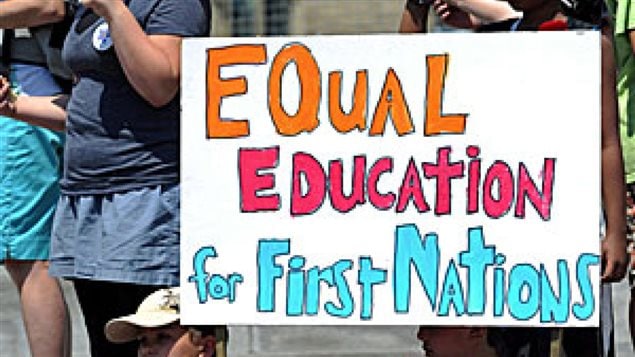The high school graduation rate of aboriginal students in British Columbia is increasing steadily but still lags far behind the rate among the general population across the country.
New data from British Columbia’s Education Ministry show that over the past six years the percentage of aboriginal students graduating increased from about 54 to 63.
However, that’s still more than 20 percentage points below the 84-per-cent Canadian average for the general population and well below an 85-per cent graduation rate target for indigenous students set by the province in 2005.
And in 10 districts in B.C. the aboriginal graduation rate is actually lower than 50 percent.
B.C. Education Minister Mike Bernier says he’s encouraged by the numbers but says there’s still more work to do so every aboriginal student has the skills needed to succeed in a changing world.
University of British Columbia professor Linc Kesler says this trend upward will continue with further efforts to bridge the funding gap between aboriginal and non-aboriginal students and by increasing the amount of aboriginal cultural content being taught in schools.
While the B.C. figures fell short of the 2005 target, the new rate compares very well with Manitoba.
Earlier this year, The Canadian Press obtained a 2014 internal Manitoba government that showed the province had the lowest First Nations high-school graduation rate in the country, at 28 per cent.
The word aboriginal is an all-encompassing term that includes First Nations, Metis and Inuit.
There are nearly 1.2 million aboriginals in Canada, of which about 700,000 identify as First Nations.







For reasons beyond our control, and for an undetermined period of time, our comment section is now closed. However, our social networks remain open to your contributions.